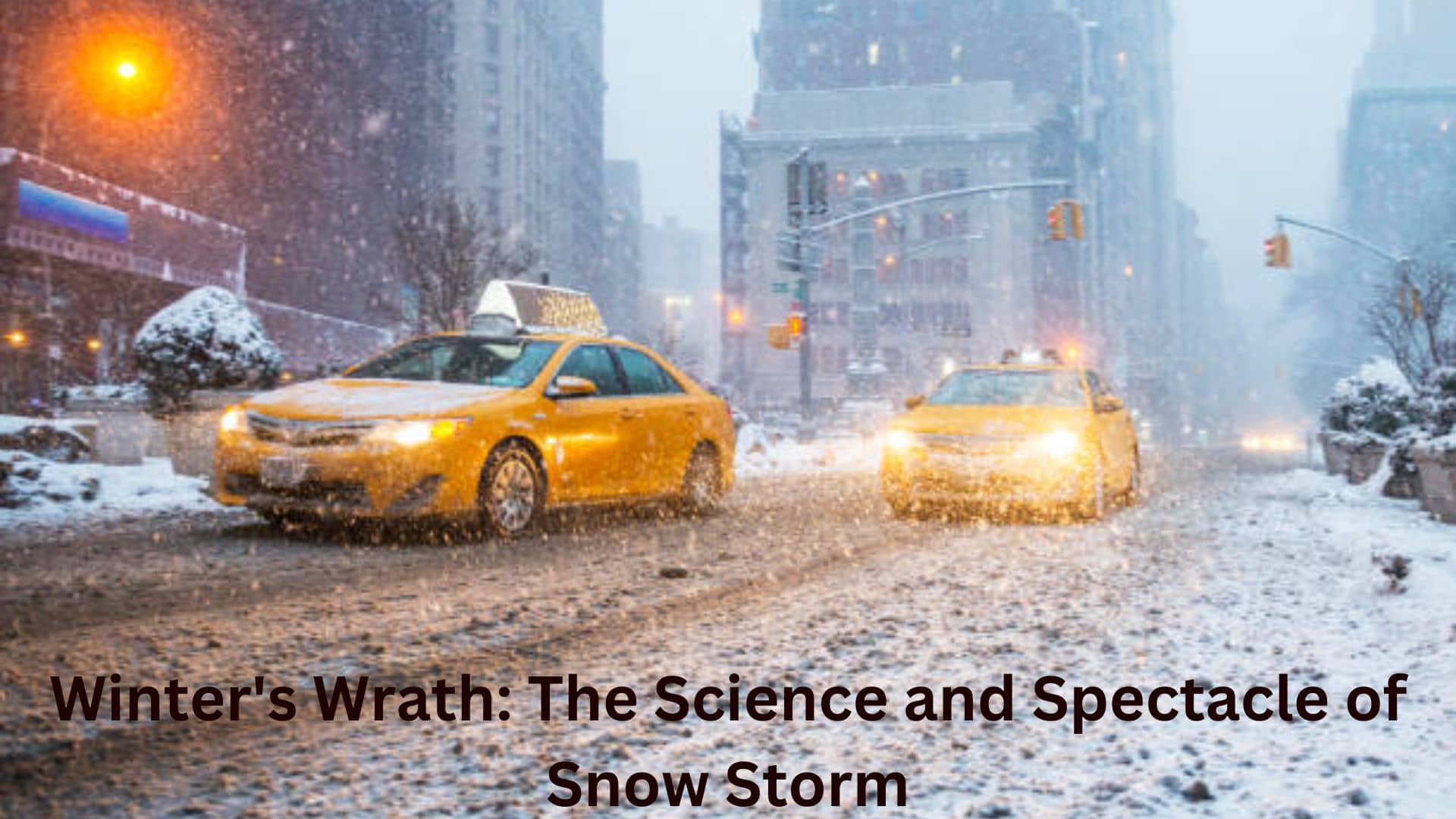Snow storm are one of nature’s most dramatic displays. These icy tempests transform landscapes into winter wonderlands but also bring challenges that test human resilience. Let’s delve into the science behind snowstorms and appreciate their breath-taking beauty, while understanding their potential impacts.
What Is a Snow storm?
A snowstorm occurs when large amounts of snow fall from the sky, often accompanied by strong winds and freezing temperatures. These storms range from gentle flurries that blanket the ground in a soft white coat to fierce blizzards that reduce visibility and disrupt daily life.
The Science Behind Snow storm
Snowstorms form when specific weather conditions come together. Here’s how it happens:
- Cold Temperatures: For snow to form, the temperature in the atmosphere and near the ground must be at or below freezing (32°F or 0°C).
- Moisture in the Air: Water vapor in the atmosphere condenses into ice crystals when it meets cold air. These crystals clump together to form snowflakes.
- Lift: Warm air must rise for snowstorms to develop. This lifting often happens along weather fronts, where warm and cold air masses collide, or in areas of low pressure.
When these conditions align, snow can fall for hours or even days, depending on the storm’s intensity.
The Spectacle of Snow storm
Snowstorms create a mesmerizing scene. Streets, trees, and rooftops are blanketed in white, transforming everyday surroundings into a pristine, magical world. Snowflakes, each unique in their intricate design, sparkle like tiny gems when light hits them. For many, snowstorms evoke a sense of wonder and nostalgia, reminding us of cozy winters and the joy of playing in the snow.
The Wrath of Winter
While snowstorms are beautiful, they can also be dangerous. Blizzards, the most severe type of snowstorm, bring strong winds and heavy snow, creating whiteout conditions. These storms can:
- Disrupt Travel: Roads become slippery and visibility plummets, making driving hazardous. Airports may shut down due to poor conditions.
- Cause Power Outages: Heavy snow and ice can damage power lines, leaving homes without electricity.
- Threaten Lives: Extreme cold, frostbite, and hypothermia are risks during severe snowstorms. Stranded travelers and those without proper shelter are particularly vulnerable.
Preparing for a Snow Storm
To stay safe during a snowstorm, preparation is key:
- Stay Informed: Keep an eye on weather forecasts and warnings.
- Stock Essentials: Ensure you have food, water, warm clothing, and emergency supplies.
- Avoid Travel: Stay indoors and off the roads unless it’s absolutely necessary.
- Stay Warm: Use heating systems safely and avoid prolonged exposure to the cold.
Finding Beauty Amid the Chaos
Despite their challenges, snowstorms remind us of nature’s power and beauty. They bring communities together as neighbors help shovel driveways or check on one another. For those willing to brave the cold, a walk through a snow-covered park or forest can be a magical experience.
Conclusion
Snow storm are a blend of awe-inspiring beauty and formidable power. Understanding the science behind them helps us prepare and stay safe while appreciating the winter wonderland they create. Whether you’re marvelling at the falling snow from your window or bundling up to venture outside, snowstorms leave a lasting impression of winter’s incredible force.
https://newsqloud.com/top-5-heated-blankets-to-keep-you-warm-and-cozy/

